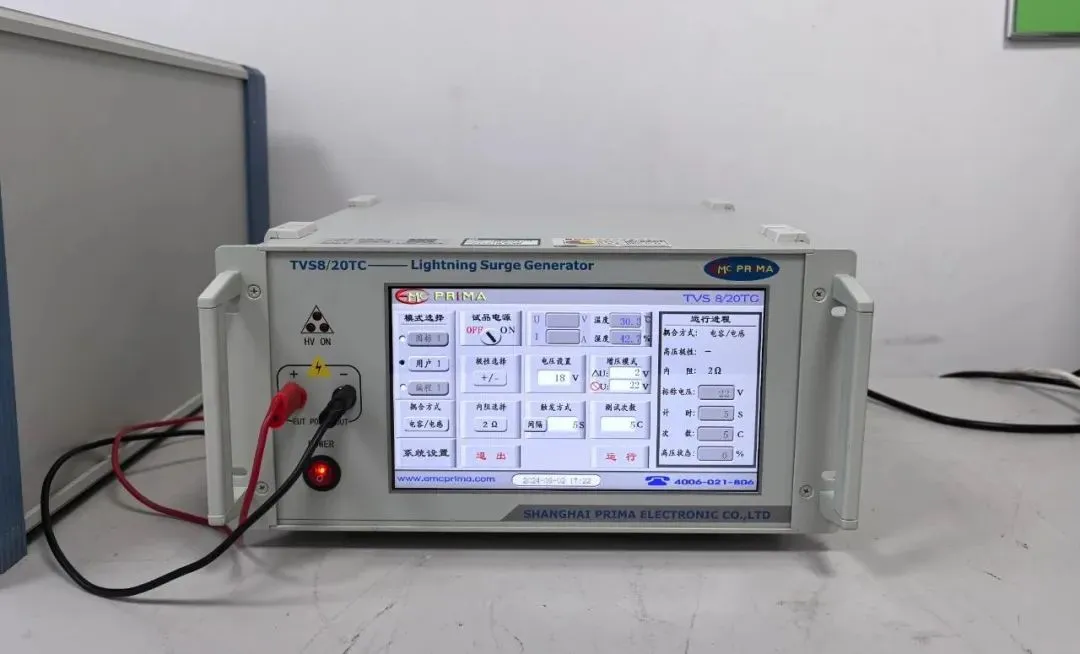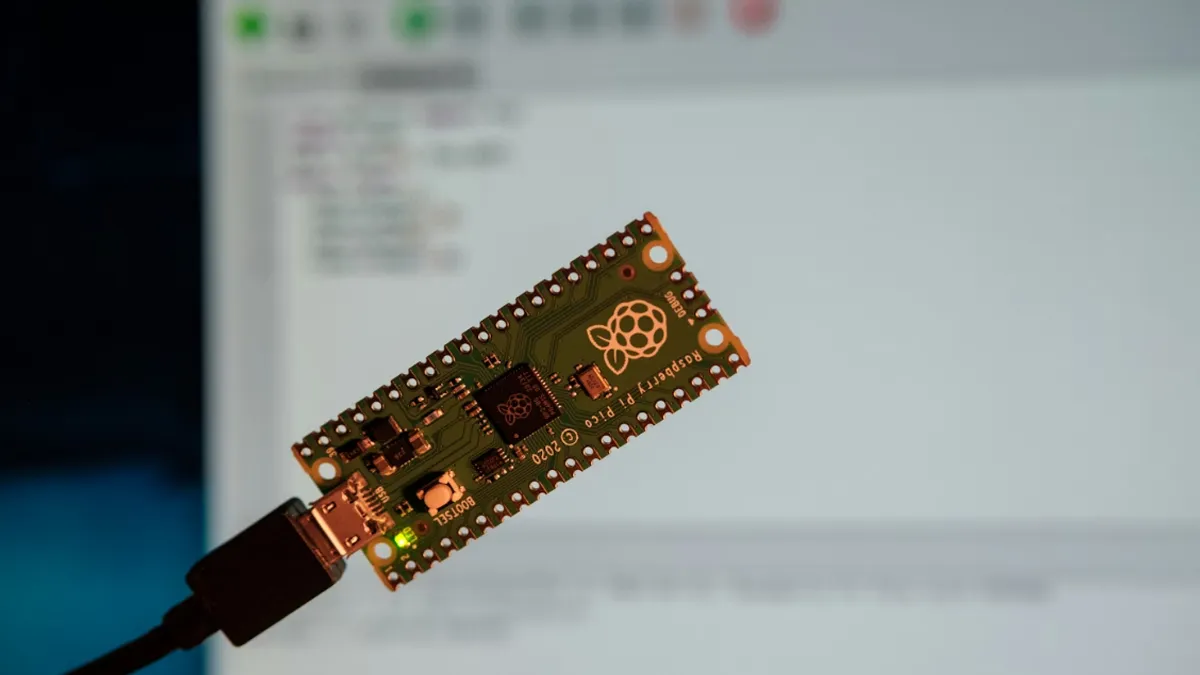
IEC 60884 Plug and Socket Testing
IEC 60884is an international standard issued by the International Electrotechnical Commission (IEC)that specifies safety requirements for plugs, socket-outlets, and couplers for household and similar purposes. The fULl title is:
"IEC 60884-1: Plugs and socket-outlets for household and similar purposes – Part 1: General requirements"
This standard applies to electrical connection devices intended for use in AC environments (typically 50Hz or 60Hz, with voltages not exceeding 440V), ensuring their safety and performance.
Main Testing Categories
IEC 60884-1 covers the following major testing categories:
1. Construction Inspection
a. Dimensions and Interchangeability:
Ensures plugs and sockets comply with specified dimensions to prevent incorrect connections (e.g., plugs from different countries should not fit each other).
b. Heat Resistance of Materials:
Insulating materials must withstand high temperatures and be flame-retardant (e.g., glow-wire test).
c. Earthing Requirements (if applicable):
Earth terminals must be securely connected to ensure safe operation.
2. Electrical Performance Tests
a. Contact Resistance Test:
Measures resistance between plug and socket contacts to ensure low resistance and minimal heating.
b. Temperature Rise Test:
Assesses temperature rise under rated current to confirm it remains within acceptable limits (e.g., ≤45K).
c. Dielectric Strength (Withstand Voltage Test):
Applies high voltage (e.g., 2000V AC for 1 minute) to evaluate insulation performance.
d. Breaking Capacity (for switched sockets):
Tests the switch's ability to safely interrupt the load current.
3. Mechanical Performance Tests
Insertion and Withdrawal Force Test:
Measures the force requiRED to insert and remove the plug—ensuring it's neither too loose nor too tight.
Mechanical Strength:
1. Drop Test:
Socket is dropped from a specified height to check for damage.
2. Impact Test:
Uses an impact hammer to simulate mechanical shocks and evaluate casing strength.
3. Durability Test:
Simulates long-term use (e.g., 5000 cycles of plugging/unplugging) to assess wear.
4. Safety Protection Tests
a. Protection Against Electric Shock:
Ensures live parts cannot be accessed by fingers or tools (e.g., using a test probe).
b. IP Protection Rating (for outdoor sockets):
Tests resistance to dust and water ingress (e.g., IP44 rating).
c. Child Protection (e.g., with safety shutters):
Prevents children from inserting metal objects into sockets.
5. Environmental Tests
a. Heat and Flame Resistance:
Materials must pass glow-wire tests (e.g., 750°C) or needle flame tests.
b. Aging Resistance Test:
Simulates long-term usage effects (e.g., UV aging tests).
c. Corrosion Resistance (for metal parts):
Salt spray tests are conducted to assess corrosion resistance.
Applicable Product Range
1. Household plugs and sockets (e.g., EU, UK, US types)
2. Portable socket-outlets (e.g., power strips)
3. Travel adapters (must comply with respective national standards)
Relation to Other Standards
1. European Standard: EN 60884-1 (Basis for CE certification; essentially equivalent to IEC 60884-1)
2. Chinese Standard: GB/T 2099.1 (Adopts IEC 60884-1 equivalently)
3. US Standard: UL 498 (Different from IEC; specific to US market)
Importance of Certification
1. CE Certification (EU market): Requires compliance with EN 60884-1
2. ccc certification (China market): Requires compliance with GB/T 2099.1
3. Other Certifications: Examples include BS 1363 (UK), UL 498 (US)
Email:hello@jjrlab.com
Write your message here and send it to us
 Do I Need EC Homologation in the USA?
Do I Need EC Homologation in the USA?
 FCC Part 15B & Part 97 Certified
FCC Part 15B & Part 97 Certified
 EMC Pre-Compliance Testing UK
EMC Pre-Compliance Testing UK
 EMC Compliance Testing Australia
EMC Compliance Testing Australia
 Electrical Compliance Testing NZ
Electrical Compliance Testing NZ
 Compliance Testing for Children's Clothing
Compliance Testing for Children's Clothing
 Amazon Product Compliance Testing
Amazon Product Compliance Testing
 What is RCM Compliance Testing?
What is RCM Compliance Testing?
Leave us a message
24-hour online customer service at any time to respond, so that you worry!




